John Perilli: Don’t Axe the Lieutenant Governor
Wednesday, December 11, 2013
Would Rhode Island be better off without a Lieutenant Governor? Absolutely not.
But the wrongheaded idea that we should abolish the state's Second Office just will not seem to die. In 2010, the Cool Moose Party's candidate for Lieutenant Governor, Bob Healey, ran on the sole position that he would eliminate the office once elected, and got nearly 40 percent of the vote. Now, as Rhode Island nears a possible vote on a Constitutional Convention in 2014, the proposal has surfaced again. And it's just as bad an idea as it's ever been. We might pinch a few pennies off the budget, but we would lose so much more.
Old office, new critics
GET THE LATEST BREAKING NEWS HERE -- SIGN UP FOR GOLOCAL FREE DAILY EBLASTRhode Island has had a Lieutenant Governor––or in olden times, a "Deputy Governor"––ever since we became a chartered colony in 1663. Under our state Constitution, adopted nearly two centuries later in 1843, the only specified duties of the Lieutenant Governor are to wield "executive power" along with the Governor, and to succeed the Governor in the case of a vacancy.
Expanding the power of a weak executive branch? Check. Ensuring a stable transition in the event of the Governor's departure and preventing a succession crisis? Check. Even from the bare text, the Lieutenant Governor already fills two important roles.
But for critics, this is not enough. Accusations abound against the Lieutenant Governor's office: It's a waste of money, a do-nothing job, and only acts as a springboard for insiders who want to be Governor someday. In some states, the Lieutenant Governor also serves as the President of the State Senate, but in Rhode Island that duty was eliminated in 2003. Especially since this change, the critics say, the Lieutenant Governor is no longer necessary.
Her Excellency
However, we cannot just talk about the position in theory. We must consider it's occupant: Cranston Democrat Elizabeth Roberts, a singularly capable and competent public servant who has held the post since 2007. As a testament to her success, some critics of her office are forced to make what I call the "Elizabeth Roberts exemption": The Lieutenant Governorship is a pointless position, aside from her.
But this is exactly where their arguments break down. Why should we eliminate the office precisely when we're being shown that it can do so much?
The fact is that Lt. Gov. Roberts has more power than we give her credit for. Her statewide constituency gives her greater influence than an appointed czar, and more flexibility than a fractious legislative committee. She has been instrumental in expanding the power of Rhode Island's weak executive branch over matters such as small business development and healthcare reform, and has achieved numerous policy successes.
Where is the problem here?
Sure, Lt. Gov. Roberts could sit around and do nothing. But so could any politician. If we eliminated every political office in this country in which it is possible to sit and do nothing, we'd be left with very few elected officeholders indeed. On the contrary, it is in Roberts' interest to be active. If she ever returns to the voters and asks them to support her for Governor, she'd better have some accomplishments to boast about.
Consider what is perhaps Lt. Gov. Roberts' signature policy achievement: the creation of Rhode Island's health insurance exchange, HealthSource RI. In 2011, Roberts was appointed chairwoman of the Rhode Island Healthcare Reform Commission , a state task force created to address the new federal healthcare laws.
Under Roberts' leadership, the commission laid the framework for HealthSource, which got up and running and became an independent organization in early 2013. Then, this past October when all the exchanges across the country opened for business, Rhode Island's was one of the best, working much more smoothly than the crash-prone federal website. Thousands of Rhode Islanders gained access to affordable health insurance plans, and enrollment continues at a brisk clip.
It's an honest-to-goodness Rhode Island success story. What politician wouldn't be proud of that?
A question of value
Of course, Roberts' unique competence and health care expertise come at a cost. She employs a staff like any other statewide elected official, besides being a full time worker herself, and her office costs taxpayers around $1 million each year.
Now wind the clock back to 2010. Say Bob Healey had won, and the Lieutenant Governorship had become a piece of Rhode Island history. We'd have saved $1 million each year, but we'd have potentially derailed HealthSource RI, and many other accomplishments along with it. Healey supporters insist that the money is a waste, but in hindsight, I think we spent our money well.
Yes, $1 million is no small sum. But it's important to recognize that it's a drop in the bucket compared to our $8.2 billion budget (or $8,200 million, for comparison's sake), and that not every dollar we spend has equal value. If you're looking to trim the budget, you might want to start with the $1 million bone we threw Newport Grand this year, and other such eleventh-hour budget projects. For my money, though, I'm glad to keep footing the Lieutenant Governor's bill. Even though Lt. Gov. Roberts is term-limited in 2014, she has proved that her position is not necessarily a do-nothing job, and has set a high precedent for whomever holds the office in the future.
Alternative proposals
Even if you still think that Rhode Island overpays for the Lieutenant Governor's office, there are other solutions besides just eliminating the office altogether. Some have seen wide enough support to be introduced as bills, while others are purely speculative. Here are two middle-ground ideas that have at least an outside shot of passing:
1. Have the Governor and Lieutenant Governor run as a single ticket: This would ensure that Rhode Island's two highest-ranking elected officials are from the same party, cutting back on infighting and making the Executive Branch more powerful. Democratic State Rep. Stephen Ucci of Johnston and Cranston introduced this as a bill in 2011, but it never gained any steam. Is it due for a revival?
2. Create specific legal or constitutional responsibilities for the Lieutenant Governor: This would ensure the Lieutenant Governor has defined duties, and can be held accountable even by those who fear the office is for nothing.
However you stand on keeping or eliminating the Lieutenant Governor's office, consider this in closing: It is a serious thing to take away a representative in government from the voters of Rhode Island. We would probably never get it back. Only a grave, systemic problem should force us to alter the very structure of our government, and in the Lieutenant Governor's case, I do not believe these high standards have been met.
John Perilli is a native of Cumberland, RI and a junior at Brown University. He is the Communications Director for the Brown University Democrats. The opinions presented in this article do not necessarily represent those of the organizations of which John Perilli is a member.
Related Slideshow: New England Communities With the Most Political Clout 2013
The Sunlight Foundation, in conjunction with Azavea, released data maps this week showing political contribution dollars to federal elections dating back to 1990 -- by county.
GoLocal takes a look at the counties in New England that had the highest per-capita contributions in the 2012 election cycle -- and talked with experts about what that meant for those areas in New Engand, as well as the candidates.
Related Articles
- Governor Chafee Issues Statement on RI Budget
- Guest MINDSETTER™ Governor Lincoln Chafee: A Principled Decision
- Block Reports $550K for 3rd Quarter in RI Governor’s Race
- NEW: Governor Chafee Announces Tentative Plans for Marriage Equality Act Signing Ceremony
- EXCLUSIVE: Clay Pell Looks To Run For Governor in 2014
- Should Governor and Lt. Governor Be Linked?
- Ken Block to Run for Rhode Island Governor as Republican
- John Perilli: Brain Drain Should Scare Us
- BREAKING NEWS: Jeremy Kapstein Running for Lt. Governor
- Is Lt. Governor Doing Her Job?
- Governor Chafee’s 2013 State of the State Address - The Full Speech
- 2014 RI Governor’s Race - Raimondo Has the Early Money Lead
- Poll: Who Should be Rhode Island’s Next Lt. Governor, VOTE NOW on GoLocalProv
- The Scoop: Avedisian Still Considering Running for Lt. Governor
- Lawmaker Renews Call for Run-Off Elections in Governor’s Race





_400_395_90.jpg)

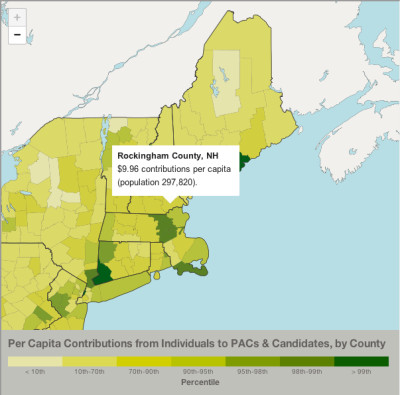





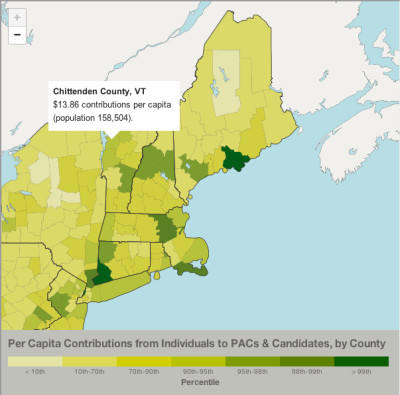
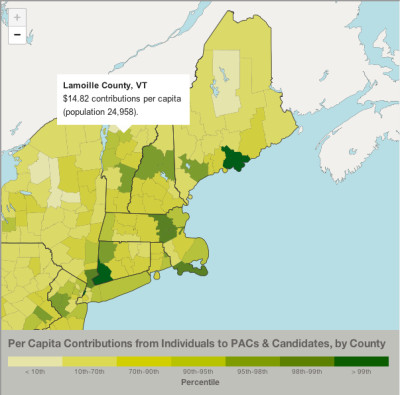


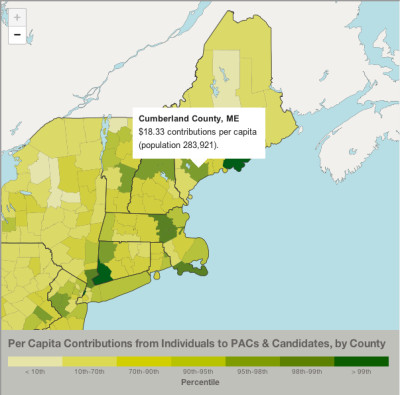

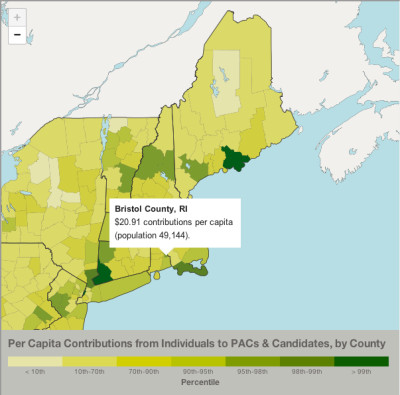
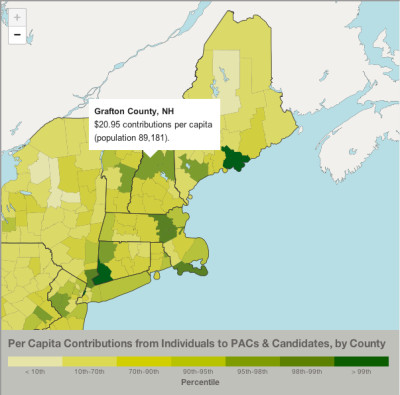


_400_395_90.jpg)



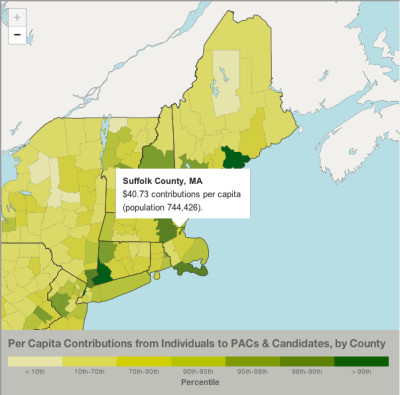
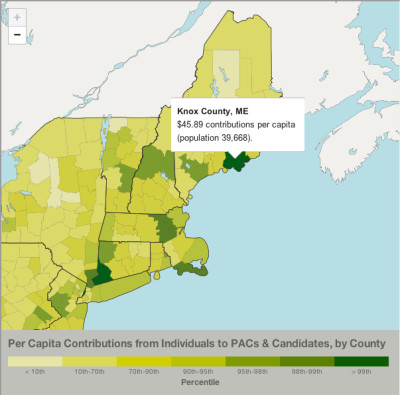

_80_80_90_c1.jpg)

















_80_80_90_c1.jpg)






